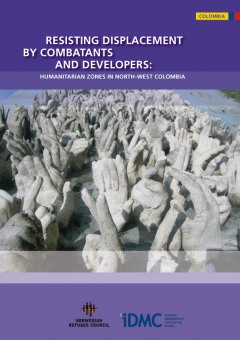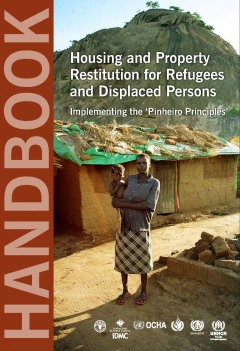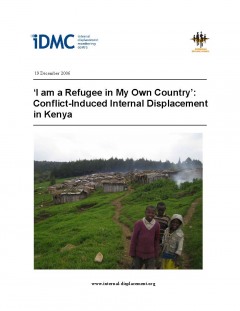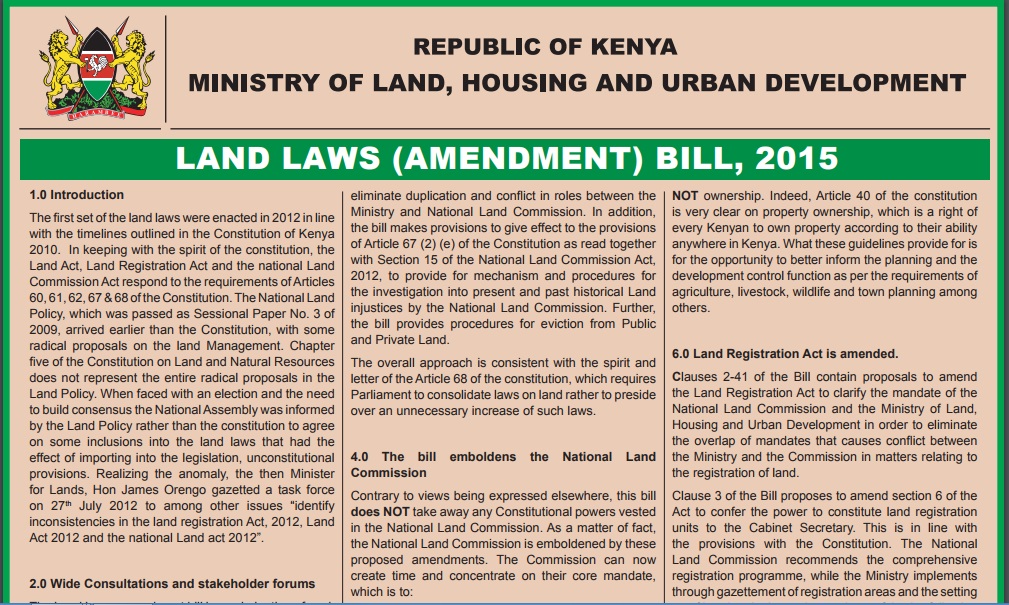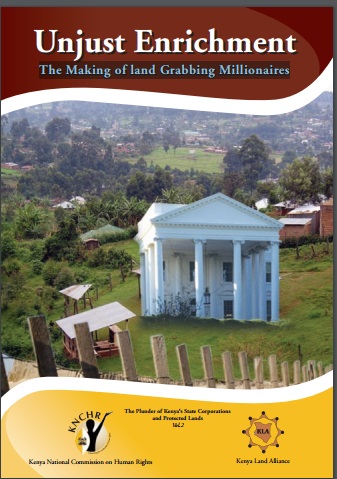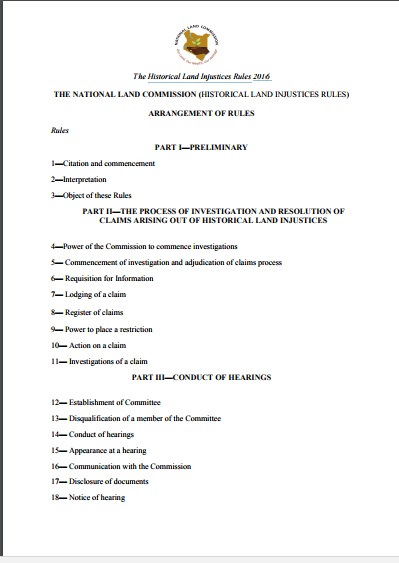Resisting displacement by combatants and developers: Humanitarian Zones in north-west Colombia
In the north-western department of Chocó, near Colombia’s border with Panama, forcibly displaced people have established “Humanitarian Zones” in a bid to hang on to their land and livelihoods. (...)

